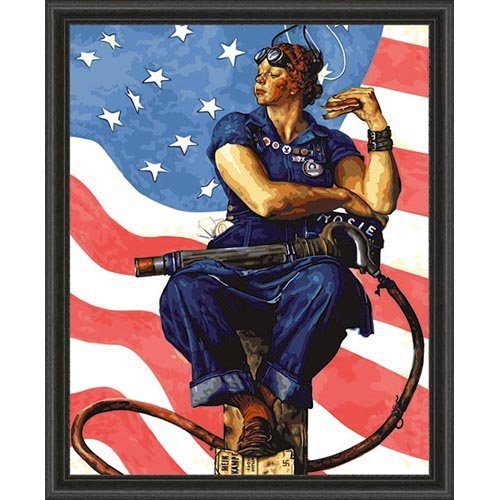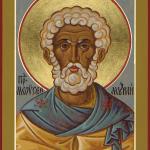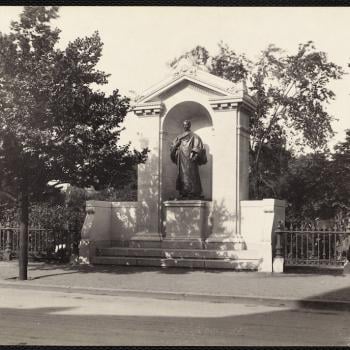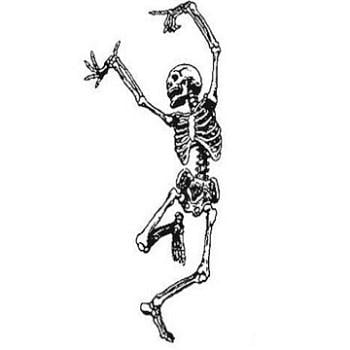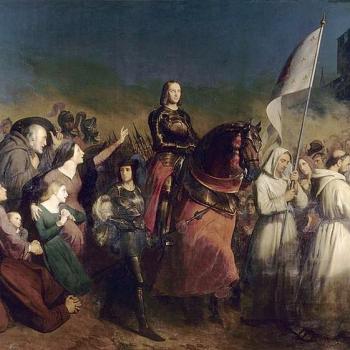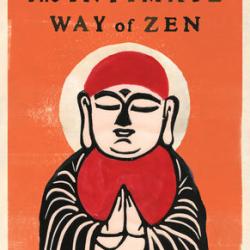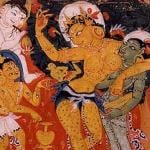Yesterday, the 26th of August marks a momentous day in US history. Not that you would necessarily know, given the scant attention he received in the press.
It was on that day, yesterday, in 1920, that Bainbridge Colby, the then American Secretary of State signed the proclamation enacting the 19th amendment, securing American women the constitutional right to vote. He did so in the privacy of his home, we can say behind closed doors, at 8am. The press was not invited. Nor were the leading feminists of the day, especially or maybe specifically Alice Paul and Carrie Chapman Catt. I suggest we can see a lot in those facts. All of them.
The run up to that moment was long, very long, and hard, extremely hard. And, of course, of course, the struggle did not end there. Nor, I hope it’s obvious, although apparently it isn’t to everyone, that struggle for full gender equality isn’t anywhere near over. Not if we’re talking about the place of women in our culture. I would add, nor within the world’s various cultures.
This day has been observed in various ways since 1920. And under several names, among them, Suffrage Day, Woman Suffrage Ratification Day, and Women’s Emancipation Day. But it always carried a shadow as it really was mostly, although not exclusively, white women’s suffrage day. And this was noticed.
Being aware of the nuances and incompleteness of it, the 26th of August is still an enormously important marker. Despite the unfinished character of the moment, something truly important and significant happened.
For me it’s joined with another event on a 26th of August. In 1970, for the fiftieth anniversary of that signing, feminist leader Betty Friedan plotted a major demonstration. She managed to attract and if barely kept it together, did keep together what one article called both the “bourgeoise” and “radical crazies.” By the former term middle-class women who formed the core of second wave feminism and by the later term mostly younger people and people of color. Friedan’s demonstration included groups like the National Organization for Women and the Third World Women’s Alliance. It was called the Women’s Strike for Equality. The strike was set for 5pm so working women could attend. Speakers included radical lesbians as well as middle class liberals. No one can say precisely how many people arrived, although one number is 50,000. What we know is that it was very large.
It captured a moment as one article noticed where long simmering discontent among women “that had been brewing since pioneering Rosie the Riveters were fired from their jobs and told to go home to make way for the boys returning after World War II” finally boiled over.
That date is also considered the foundation moment for organized reaction to women’s rights. So, a powerful moment. And like all powerful moments, dangerous. Responding to this and wanting to secure the forward motion of this struggle, Bella Abzug a firebrand representative from New York authored a proclamation for the 26th to be observed as Women’s Equality Day. In 1973 Congress passed the resolution. And every year since then the sitting president has annually renewed the proclamation. To this day. Just read President Biden’s.
This year it is a bit more obscured by the 60th anniversary of the 1970 March on Washington for Jobs and Freedom, led by Dr Martin Luther King Jr, which occurred on the 28th, tomorrow. Speaking of Dr King, it has been observed making his birthday a national holiday was at least in part an attempt to tame him, reel the dangerous thing in, to corral the energy.
And with this day, the 26th, well actually the 28th, as well; we’ve seen some of that. I think there’s a similar danger anytime something as wild and revolutionary as, well, saying all human beings are equal, is turned into a holiday.
At the same time, I’m very much aware of the power of civic religion. Enshrining holidays also enshrines ideas. And as we revisit them over years these ideas begin to weave into who we see we are. From my perspective, one of the most important things we can embrace right now are the unique contributions to both our country and the world that come from women. The minority who are a majority.
Like with the achievements of African Americans, Native Americans, and other minorities, I believe those ubiquitous reminders of women’s contributions to science and culture we can see popping up constantly on social media are really, really important. As are images as metaphors of the heart, of what we can really be.
Like that article which spoke of all those Rosie the Riveters. I believe as an image that captures the feminist spirit rising, few are as important as Rosie. There are a number of versions, I bet you can dredge up at least two right off. But, me, and here today, I’m thinking most of all of Norman Rockwell’s painting.
Throughout my younger years I thought Rockwell wasn’t really an artist, or at least not a great one. I held this view for a couple of reasons. His thematic choices mostly of smalltown Americana together with his use of an often-humorous realism just ran against the grain of mid and late twentieth centuries intellectual aesthetics. Basically my circles. More challenging, I think, and perhaps a more authentic critique, was his free use of sentimentality. He could pile it on. And when I think of sentimentality I also think of cheap.
But then there were his paintings exploring racism. Years ago Jan & I were in his hometown in Western Massachusetts at the museum where his painting “the Problem We All Live With” hangs. My response standing in front of that painting, like the response of so many confronted with it, was simply to weep. The pure artistry of his work cannot be challenged. And in it, the cutting to the heart of what racism actually means, well. No one has captured it quite so directly and vividly.
So, while Rockwell could be and often was sentimental, he also touched much deeper currents of the human heart. At his best he was one of the great artists. Clearly, he understood the mysteries of love as something vastly more than sentiment. His images often unpacked what love meant in action.
And of his work the one that most captures me, that most puts love into action, is his “Rosie the Riveter.”
It is a great picture, and great art. After years in private hands Rosie now hangs in the Crystal Bridges museum in Bentonville, Arkansas. It’s an icon of the war effort, in this case the 2nd World War. It is quite literally an icon, drawing upon themes used for images of Mary in both the Eastern and Western churches. Not to mention how for me it evokes even older goddess images. Hard not to find at least distant echoes of Ishtar, of Inanna, of Athena. Of Kali. Of what the divine of women means when turned to flesh. With those muscles, but also that delightful upturned nose. And wearing makeup, but with that rivet gun in her lap. And her foot resting, not on the snake of traditional western images of Mary, but on a copy of Mein Kampf.
Thinking of it and his masterful use of classic religious themes just thrills me.
The painting is in fact directly based upon one by Michelangelo; the older artist’s portrayal of the prophet Isaiah on the Sistine Chapel ceiling. Right down to the arc of the arm, although in Michelangelo’s original it’s without the ham sandwich.
We also get a buried subtext in that use. Isaiah said sin will bring down the nation. But through turning to the redeeming power of love, by turning toward justice, we can be saved. And the embodied promise showing who is being sinned against, and where our saving can happen. Well. Rosie the Riveter. All those Rosie the Riveters who were used and then abandoned. And who are sitting here today.
Icons are images into heaven. Icons tell us who we really are.
I suggest as we contemplate Rosie, we think not only of how people pulled together in the second world war or the echoes of Mary and other goddesses throughout time, but also there’s something prophetic here. Rosie is a prescient image, a foreshadowing of something amazing that is going on in our times.
For individuals. For communities. For culture. For all of us.
This is the important thing. Rosie is, or certainly can be, the image of the promise of the 26th of August. It is a call to a holy project, something we are caught up in, and to which we need to constantly recall, for and about ourselves. And, I believe, in that recollection to recommit ourselves, in a more conscious way. It has to do with the saving of our republic, and more importantly it is about the saving of humanity, and most importantly about the saving of our planet.
Everything is tied up in this.
And with that, a suggestion of the particular shape that this saving must take.
Women’s place in our culture is different than it was a single generation ago, and with few exceptions, mostly moments, substantially different than throughout history. There has been a continuous progression towards genuine equal rights between women and men at least within the Global North for generations now. I believe we have crossed some tipping point, and we need to notice. There can be no going back. Although there are those who want it so. And are working hard to turn it all back.
Just some examples of the good, as regards what is being called “traditional marriage,” setting aside what it means in the scriptures, which would horrify most of us should we actually look, in English common law, which was our law for most of our history, when a woman and a man married, they became a single person, the man.
And that’s the way it was until 1981, that’s 1981, not very long ago when the Supreme Court finally struck down all state laws designating men as “head and master” with control over the property owned jointly by the couple. This older perspective is unthinkable for most of us, even most of those calling for something they imagine as traditional marriage.
Some great revolution is birthing. And This is what it means to side with Love. To be part of a revolution.
Today in Afghanistan, where in the spirit of one step forward and then a step back has become a fall down a flight of stairs into a basement, in villages where women are kept in bondage and ignorance, they whisper to their daughters the secret message: they are equal to the men. In Saudi Arabia, women gather in secret and talk of driving and voting and how that is their divine right. In America young women demand to be paid the same as men, and they know the day one of their number will be president is not far off.
There are those around the globe who do not want this to happen, who want that backward and downward fall. Here in this country a rigged up supreme court has overturned women’s right to choose. There are now laws on the books in numerous states that rival the worst of pre-Roe. In the same spirit, the Southern Baptist Convention is expelling congregations where women dare to preach.
And we need to note the backlash against LGBTQ rights are completely tied up with this. The great hubbub in conservative circles around homosexuality and in the moment specifically trans rights turn on the same issues as restricting the rights of women. Strict prescriptions about sexual roles have assured the old paradigm. They’ve been used for much of forever to subject women and sexual minorities in exactly the same way.
This is why those of us concerned with the firm establishment of women’s rights are almost always equally concerned with the rights of lesbians, and gay men, of bisexuals and transgender people. Let me throw in race here, as well. It is one thing. I repeat, as passionately as forcefully as I can: it is all about one thing. Maintaining a strict hierarchy of control. The very paradigm of totalitarianism, where everyone has a place in a relentlessly narrowing of power.
But the power of the heart will prevail. There is another way. And it turns on that passing strange thing we call love. The eyes of love that see connections. And in seeing connections calling us into new lives. Lives where we all count equally.
The real revolution. What is central to this revolution is simple enough. We need to move from fixed views about ourselves and about each other, including our ideas of sexual relationships; shifting to a dynamic sense of inclusion. This is the call to love as a generous spirit, already expressed in many ways.
This is a fierce love, a fire burning away the false. So, I find myself returning to that amazing icon, Rosie the Riveter. And I think of Isaiah, the pattern for Rosie, whose prophetic voice called us back to our best nature, to a path of equity and justice.
I think of Women’s Equality Day. And I think of revolutions.
It is a call of and to the heart. And here’s the heart’s promise. Here is what love looks like.
Think of Rosie. Think of her muscles and that dab of makeup. Think of her foot on the bible of evil. There we find an archetype for all of us, an icon of a world that can be. Icon. A window into heaven. A window into what can be in this time and in this place. A transformed world.
Here’s some good news. If you can find this openness, love’s heaven is at hand. At that moment when your heart opens, justice will fall like waters, and righteousness like an ever-flowing stream.
Everything we do from that place of openness will be graceful. Our lives will become a glorious and sacred dance, now leading, now following, each step a glory for the world.
All of us together.
The Day of Equality.
Amen.


